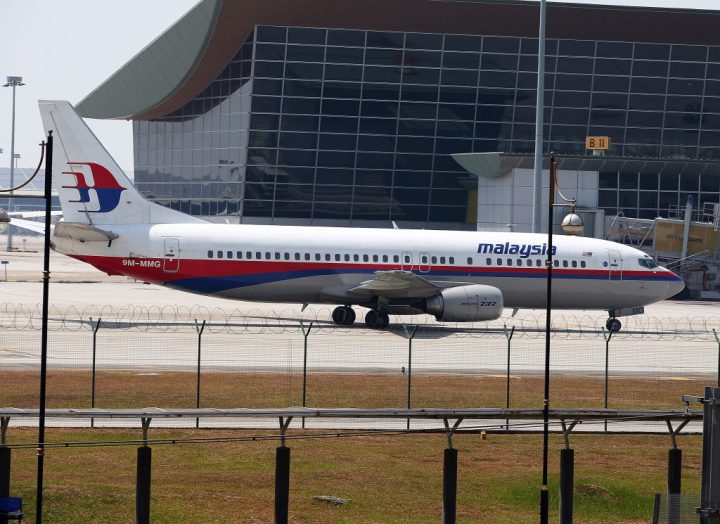Ten years ago today, on 8 March 2014, Malaysian Airlines flight MH370 took off from Kuala Lumpur, en-route to Beijing – only to veer wildly off course and vanish, never to be seen or heard from again. There were 239 people on board. How can an aircraft simply disappear without a trace? Even now, no one has any real clue what happened.
Already a subscriber? Log in
Subscribe for just $2 a week
Try a month of The Spectator Australia absolutely free and without commitment. Not only that but – if you choose to continue – you’ll pay just $2 a week for your first year.
- Unlimited access to spectator.com.au and app
- The weekly edition on the Spectator Australia app
- Spectator podcasts and newsletters
- Full access to spectator.co.uk
Or



















Comments
Don't miss out
Join the conversation with other Spectator Australia readers. Subscribe to leave a comment.
SUBSCRIBEAlready a subscriber? Log in